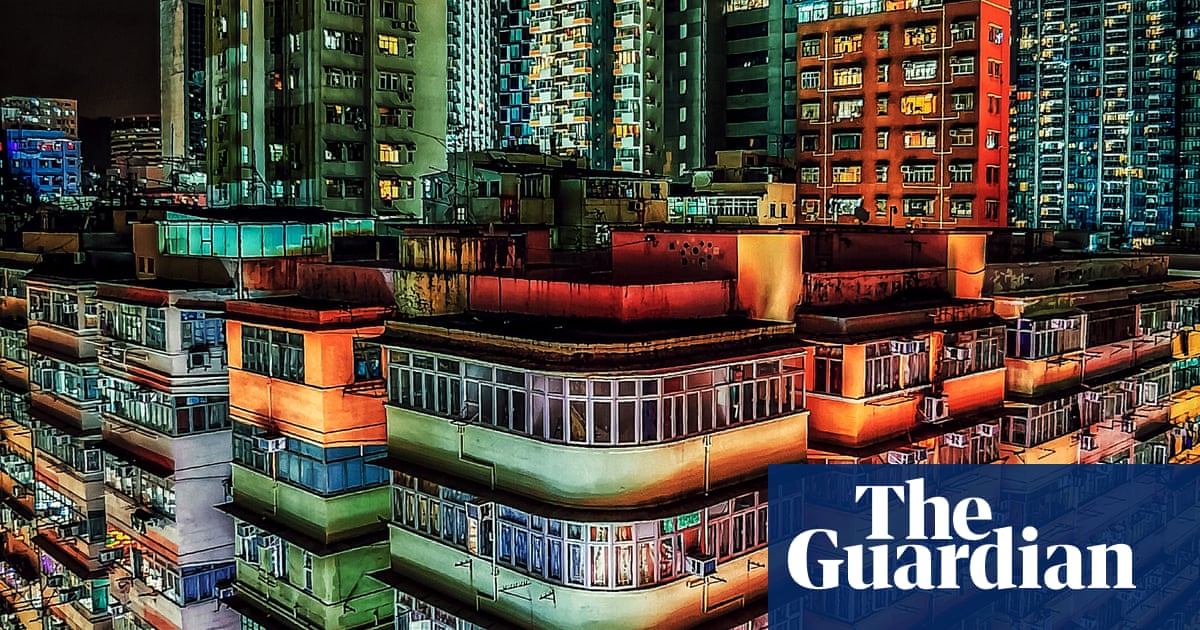The article highlights Tong Ho Chung Howard's dedication to capturing the essence of Hong Kong's historical architecture through his photography. By focusing on a specific type of building—the corner house—Howard aims to raise awareness about the cultural and historical significance of these structures, which are at risk of being replaced by modern developments. This piece not only showcases an artistic endeavor but also serves as a commentary on urban renewal and the loss of heritage in rapidly changing cities like Hong Kong.
Cultural Significance and Preservation
The narrative emphasizes the importance of preserving cultural heritage. Howard's photograph serves as a reminder of the distinct characteristics of Hong Kong's architectural history, particularly the tonglau, or Chinese buildings. His concern over urban renewal projects reflects a broader sentiment among communities that value historical continuity and seek to maintain their cultural identity in the face of modernization.
Public Sentiment and Engagement
By sharing this image and its backstory, the article aims to evoke a sense of nostalgia and connection among readers, potentially inspiring them to appreciate the remaining historical elements of Hong Kong. Howard expresses hope that his photograph will entice people to visit and experience the area firsthand, indicating a desire for community engagement and tourism.
Potential Underlying Messages
While the article primarily focuses on photography and cultural preservation, there may be an implicit critique of urban development policies that prioritize economic growth over historical preservation. This can create a tension between progress and tradition, leading to questions about the future of city planning and the value placed on historical sites.
Manipulative Aspects and Credibility
The piece does not overtly manipulate readers but leans towards a sentimental portrayal of heritage. The emotional appeal to historical preservation could be seen as a way to garner support for opposition to modern developments. The credibility of the article hinges on Howard's genuine passion and expertise, as well as the visual evidence provided by his photograph. However, it is essential to recognize that the narrative may selectively highlight certain aspects of urban renewal while downplaying the complexity of urban development challenges.
Connection to Broader Themes
In a global context, the themes of heritage preservation and urban renewal resonate with many cities facing similar dilemmas. This article can contribute to ongoing discussions about how urban spaces evolve and the impact of those changes on community identity. It reflects a growing awareness of the need for balance between development and the preservation of historical sites.
Community Support and Target Audience
This article is likely to resonate more with communities that value cultural heritage, including local residents, historians, and tourists interested in authentic experiences. It appeals to those who are concerned about the rapid changes in urban landscapes and advocate for the preservation of historical significance.
Economic and Market Implications
While the article itself does not directly impact stock markets or financial sectors, the broader themes of heritage tourism and urban development can influence real estate markets and investment in historical preservation initiatives. Companies involved in heritage tourism or urban renewal may find increased interest from stakeholders who prioritize sustainable and culturally sensitive development.
Global Power Dynamics and Current Relevance
The focus on Hong Kong's unique architectural heritage may not directly influence global power dynamics, but it reflects the complexities of a city that has undergone significant political and social changes in recent years. As cities worldwide grapple with similar challenges, the article serves as a reminder of the importance of maintaining cultural identity amidst globalization.
Artificial Intelligence Considerations
It is unlikely that artificial intelligence played a significant role in writing this article, as it appears to reflect a personal narrative and perspective unique to Howard. However, AI tools could have been used in editing or enhancing the photograph, which may influence how the story is presented visually.
In summary, the article offers a heartfelt glimpse into the intersection of photography and cultural preservation in Hong Kong. Its credibility is bolstered by the authenticity of Howard's voice and his proactive approach to documenting change. The underlying message advocates for greater awareness and appreciation of historical architecture in the face of modernization.
